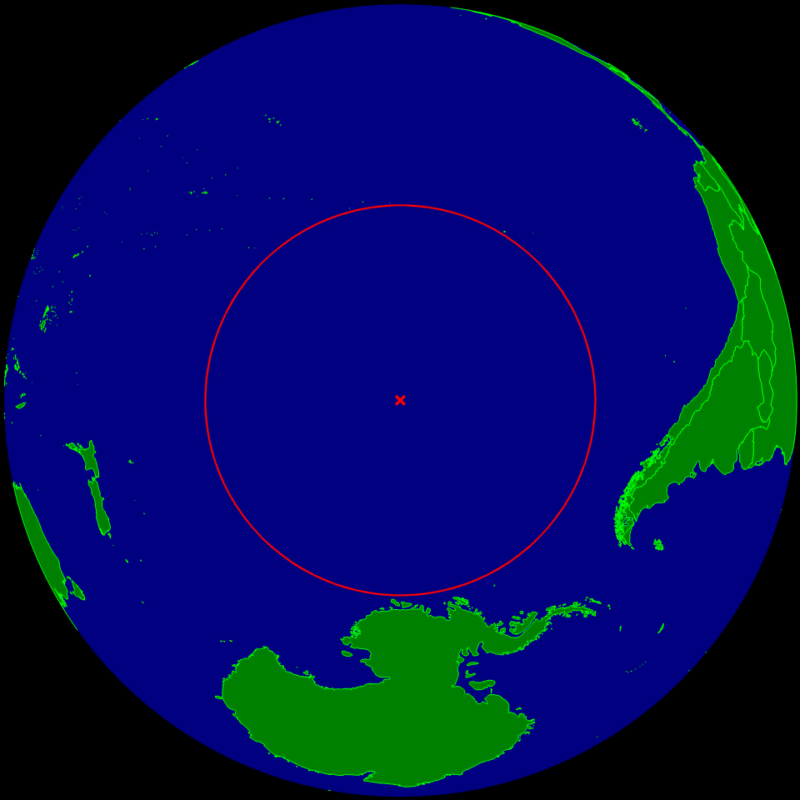Epiphany (also known as Theophany in Eastern Christian traditions) is a Christian feast day that celebrates the revelation of God incarnate as Jesus Christ. In Western Christianity, the feast commemorates principally (but not solely) the visit of the Magi to the Christ Child, and thus Jesus Christ's physical manifestation to the Gentiles. It is sometimes called Three Kings' Day, and in some traditions celebrated as Little Christmas. For Catholics, the Feast of Epiphany is celebrated on January 6. In the Greek New Testament manuscripts, epiphaneia refers also to Christ's second coming.
Though my family celebrated this holiday, the meaning that I am more likely to invoke during the year comes from my study of literature.
Epiphany in literature refers generally to a visionary moment when a character has a sudden insight or realization that changes their understanding of themselves or their comprehension of the world.
James Joyce first borrowed the religious term "Epiphany" and adopted it into a profane literary context in Stephen Hero which was an early version of his A Portrait of the Artist as a Young Man. In that manuscript, Stephen Daedalus defines epiphany as "a sudden spiritual manifestation, whether in the vulgarity of speech or of gesture or in a memorable phase of the mind itself."
Epiphanies in common usage are any moments of revelation, oftentimes not literary or religious at all. "As he was reviewing his portfolio, he suddenly had an epiphany about investing."
The word "epiphany" descends from the ancient Greek ἐπῐφᾰ́νειᾰ (epipháneia), meaning a "manifestation or appearance." You can break it down into the Greek words "pha" (to shine), "phanein" (to show, to cause to shine), and "epiphanein" (to manifest, to bring to light).
The pre-Christian Greeks used the word to describe the visible manifestation of a god or goddess to mortal eyes, which is a form of theophany. Early Christians adopted the term to describe the manifestation of the newborn Jesus to the Magi.














